Apple is investigating how to build a MacBook Pro which could lift itself automatically to provide greater ventilation in intensive work when components are running hot.
Apple has previously researched a bendable version of the MacBook Pro, one whose chassis has a seamless hinge instead of the regular two-part clamshell design. One benefit of that would be that the display would open without a complex mechanism connecting it to the base.
None of us think about how the display connects to that base when we open a MacBook Pro, but it seems that Apple does. Newly-revealed patent application "Deployable Feet for Display Articulation and Thermals Performance," is concerned with multiple issues, but one is over how the display is potentially at risk when opened.
"For instance, many laptop computers are designed to have a base portion positioned on a support surface, such as a table," says Apple. "Certain designs of electronic devices allow for the edge of the display portion that is proximate the hinge to rotate below the bottom of the base portion."
"Thus, when proper clearance from the support surface is not provided for the edge of the display portion, the edge can contact the support surface, potentially damaging the display portion and/or the support surface," continues the patent application. "Further, contact between the display portion and the support surface can limit the viewing angle of the display portion."
The obvious answer is to make the base thicker, to keep the display clear of the table. Apple says that would also solve certain other issues.
"Another challenge faced by electronic devices is providing sufficient space within the device housing for various components," it says. "As the number and performance of internal components increases, so do thermal and other demands on the electronic device. Thus, there exists a demand for efficient usage of space within an electronic device, and efficient means of cooling the device."
Apple will never rush to make something thicker, but it does say that there is some appeal in the idea. "[It] can be desirable for an electronic device to include deployable features that can both increase clearance of the base portion and also improve the efficiency of the internal volume of the base portion, while maintaining a portable and sleek form factor," says the patent application.
Nonetheless, there "is a strong demand for electronic devices... to be thin and lightweight," while "simultaneously including numerous features delivering high performance." We want it all, in other words, and Apple has an idea.
Right back at the start with the PowerBook 100, Apple had a pair of rotatable feet on its laptop. A simply plastic structure, users could twist both around so that the PowerBook was elevated at the back, increasing the typing angle.
This new patent application suggests doing something similar, but not with a pair of feet at the back. Instead, the entire bottom base of the MacBook Pro could be a "deployable feature," like one very big foot.
That would clearly address the concerns about the bottom of the display casing cracking against table tops. It would also, seemingly as a happy byproduct, mean that such a MacBook Pro would have a slanted typing angle.
What Apple seems to be most interested in, though, is how having such a structure could actually alter what components can be included in the MacBook Pro. It's not as if having a riser could mean bigger components — not since the idea is that it be raised up on demand.
Nor does it mean that a user could, for instance, insert extra components into the risen MacBook. It's not going to be like the old PowerBooks that had bays where you could slot in optical drives, or extra batteries.
What it could do instead, is allow for components to run faster — and therefore hotter — than normal. The greater volume, the greater possibilities for vents, and thereby air circulation, would allow a MacBook Pro to perform more intensive tasks than before.
""In some examples, an air-moving component or components, such as an intake fan and/or an exhaust fan, can be at least partially disposed in this internal volume...," says Apple. "The intake and/or exhaust fan can force air to move from the ambient environment into the internal volume... to provide cooler air to transfer thermal energy from the object and significantly increase the rate of cooling."
The patent application does not discuss many specific examples of how this would be a benefit, but it does detail many ways in which raising the MacBook Pro could happen. Clearly, a user could choose to use this "deployable feature," either through some physical movement or via software control.
Alternatively, though, the MacBook Pro could determine for itself whether it needs this extra ventilation. "[If] the temperature of the electronic device is approaching or has exceeded [a] predetermined threshold temperature, a determined by system sensors, the deployable feature... can be deployed to lower the operating temperature of the electronic device," says Apple.
That does raise the potentially spooky scenario where a lab full of Macs will see various MacBook Pro models raising themselves on their haunches, and presumably lowering themselves again later.
But it would also combat an issue Apple users have been facing, particularly with Apple Silicon M1 Macs. Although there are other issues differentiating, for instance, the 13-inch MacBook Pro from the MacBook Air, the key one is running temperature.
Both machines run on the same M1 processor, yet the MacBook Pro is the better buy for, say, video editors. That's specifically because it is able to run faster, and therefore hotter, for longer periods because of the better ventilation in its chassis.
This patent application is credited to the prolific Paul X. Wang, and Keith J. Hendren. Both previously worked on a patent application concerning glass keyboards for MacBook Pro.
Stay on top of all Apple news right from your HomePod. Say, "Hey, Siri, play AppleInsider," and you'll get latest AppleInsider Podcast. Or ask your HomePod mini for "AppleInsider Daily" instead and you'll hear a fast update direct from our news team. And, if you're interested in Apple-centric home automation, say "Hey, Siri, play HomeKit Insider," and you'll be listening to our newest specialized podcast in moments.
 William Gallagher
William Gallagher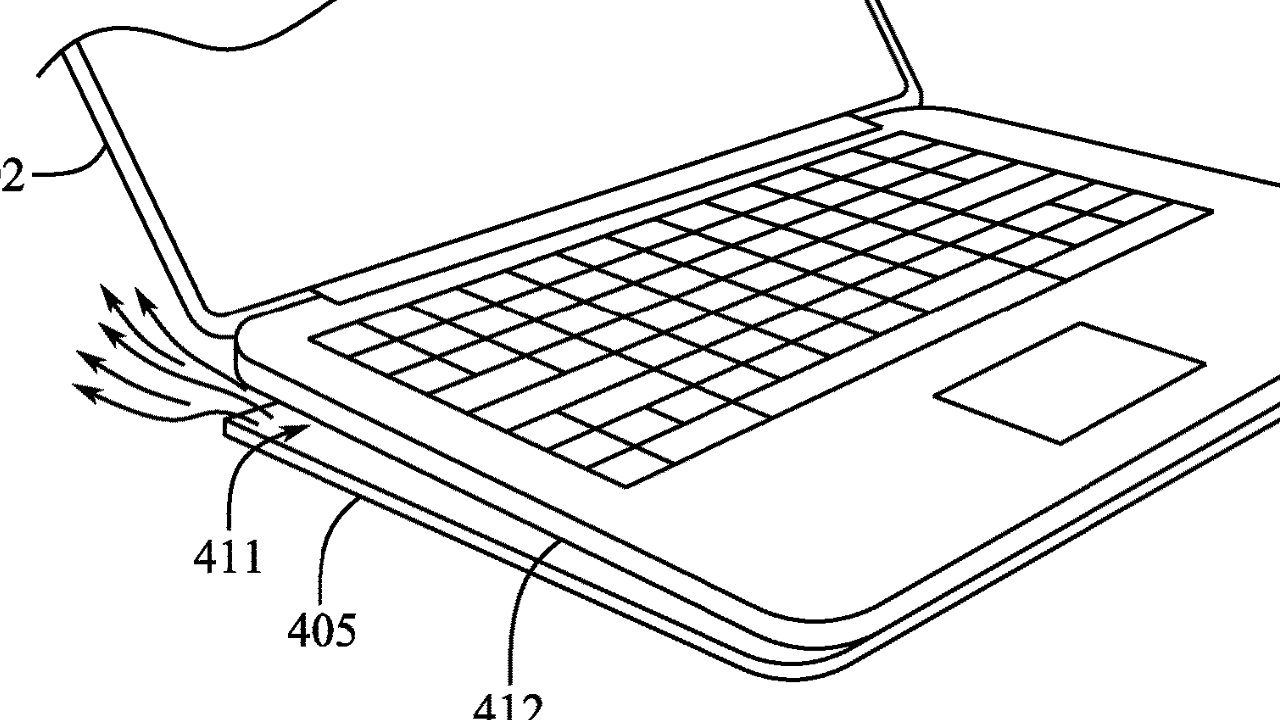

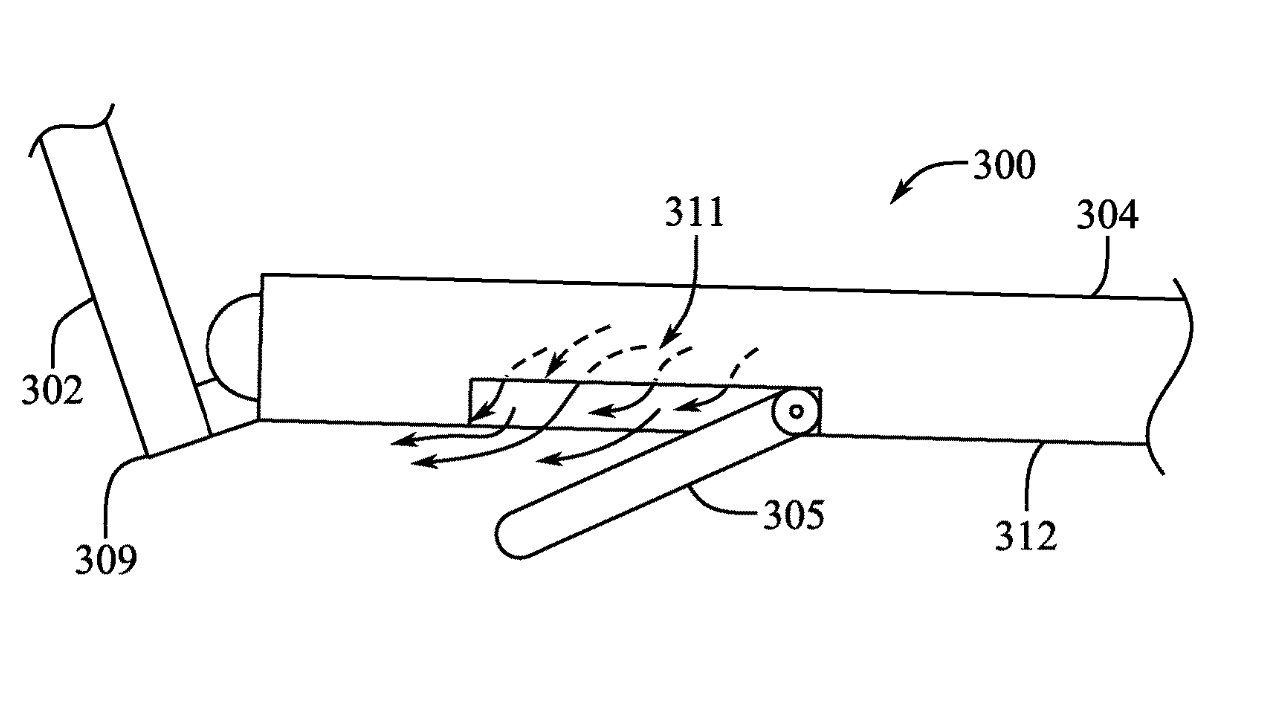

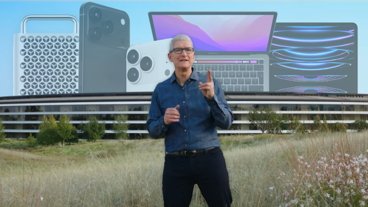


-xl-(1)-xl-xl-m.jpg)


-m.jpg)





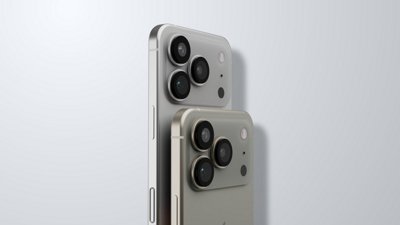


 Sponsored Content
Sponsored Content
 Amber Neely
Amber Neely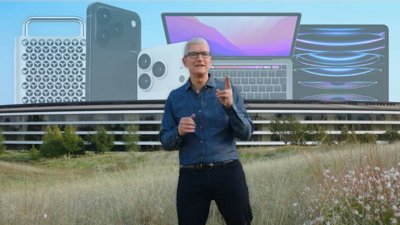
 Malcolm Owen
Malcolm Owen
 Mike Wuerthele
Mike Wuerthele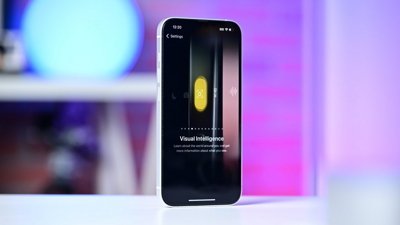
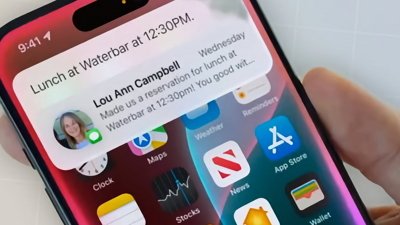
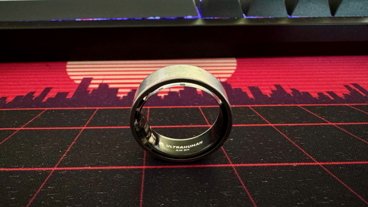
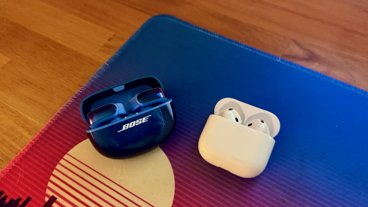
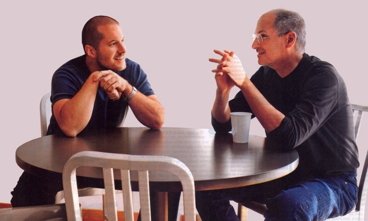





8 Comments
Chances this sees the light of day are about zero.
Creating a typing angle where the back of the keyboard is higher than the front actually isn’t an ergonomic win, and that’s been known for years.
Then again, Apple and ergonomics hasn’t exactly been used honestly in a sentence for many years in a desirable way, as Apple has optimized for appearance and thinness for many years, form over function.
It’d be interesting if they do something like this, and if it makes it harder to use on a lap than before, because something has to give, nothing comes for free.
This would be a disaster for clamshell mode operation. My desk is too small and cluttered for both an external monitor and for the MacBook display to be open. I always use my docked MacBook Air in a stand in clamshell mode. I wouldn’t buy a MacBook with this design.
Their designers can't figure out how to install a cooling fan, but hey, lets build some wildly complex & prone to breaking system to automatically raise laptop height when it gets hot.